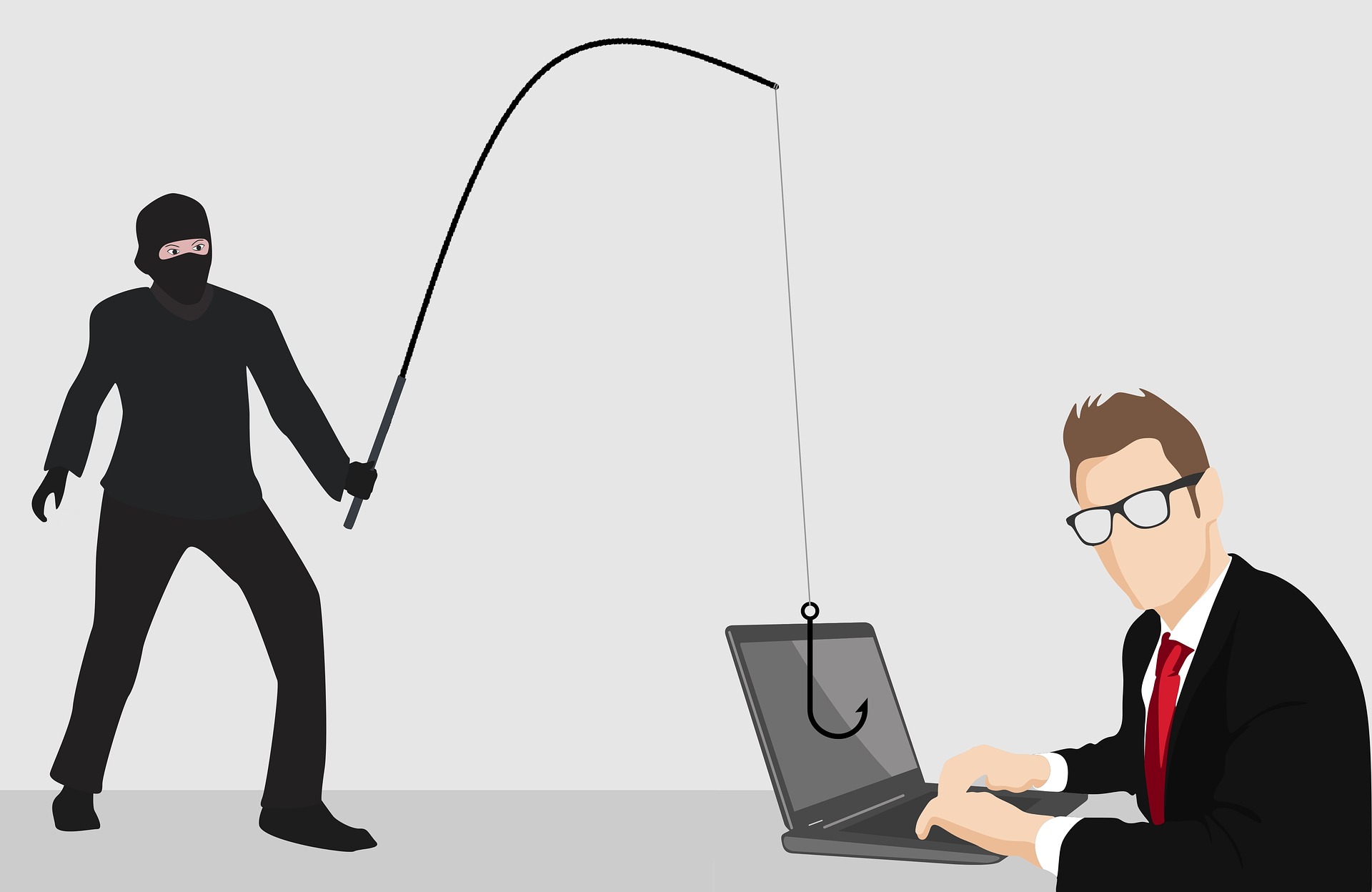I have seen some really convincing scam emails lately. I mean the type that get
me wondering, “should I click on this button?” Don’t I know better?
It makes me wonder how many people fall prey to these frauds.
CNBC reported
earlier this year that “The most popular type of scam Americans report
is phishing, which occurs when cybercriminals send fake emails to you
that either attempt to retrieve personal information or infect your
device with malware.” They went on to say that over 20,000 incidents of
phishing reported in 2018 (and that’s just the scams that were
reported)!
In other words, even though we think we know better and have heard about
this before, these types of emails are not going away; in fact, they
are increasing and becoming increasingly sneaky. How can we strengthen
our defense? Here are a few things to keep in mind when checking your
email:
- Is the email unexpected, and/or from a sender you do not know? View it with a healthy dose of skepticism. And if the wording seems odd in any way, it’s just another red flag. Your best bet is probably to delete the email and walk away – no matter what it says.
- But what if the email appears to be legit – sporting a company logo and corporate email address? The content is succinct and well-written. The sender seems to be making a reasonable request: “click to download your invoice” for example – not asking for personal information. BEWARE. Unfortunately, it is easy for a thief to go out and find logos or company information on the internet, so it’s not difficult to create an email that looks fairly accurate. That doesn’t mean you should click on the link or file. It’s quite possible it could contain malware which could harm you or your computer. Before you click, STOP! Hover over the link or file, without clicking on it. A box should pop up telling you where the link is directing. Is it to a URL or to a string of words you don’t recognize? If so, delete the email and walk away. It’s most likely not legitimate.
- When in doubt, CALL the institution the email was supposedly sent from. (Bank of America, for example, or the Social Security Administration.) If something really does need attention, they should be able to talk to you about it. And if not… well, most of the big institutions should also be familiar with the popular scams going around, and likely will tell you “oh yes, we’ve been hearing about that one…” As financial advisors, we see and hear about financial scams frequently. And we are more than happy to answer client questions so they don’t get caught up in them.
Email scams might be the most popular, but they are just the tip of the iceberg as far as digital theft schemes. What’s your favorite internet safety tip or story? We’d love to hear from you!
I hope you have a safe and healthy summer,


